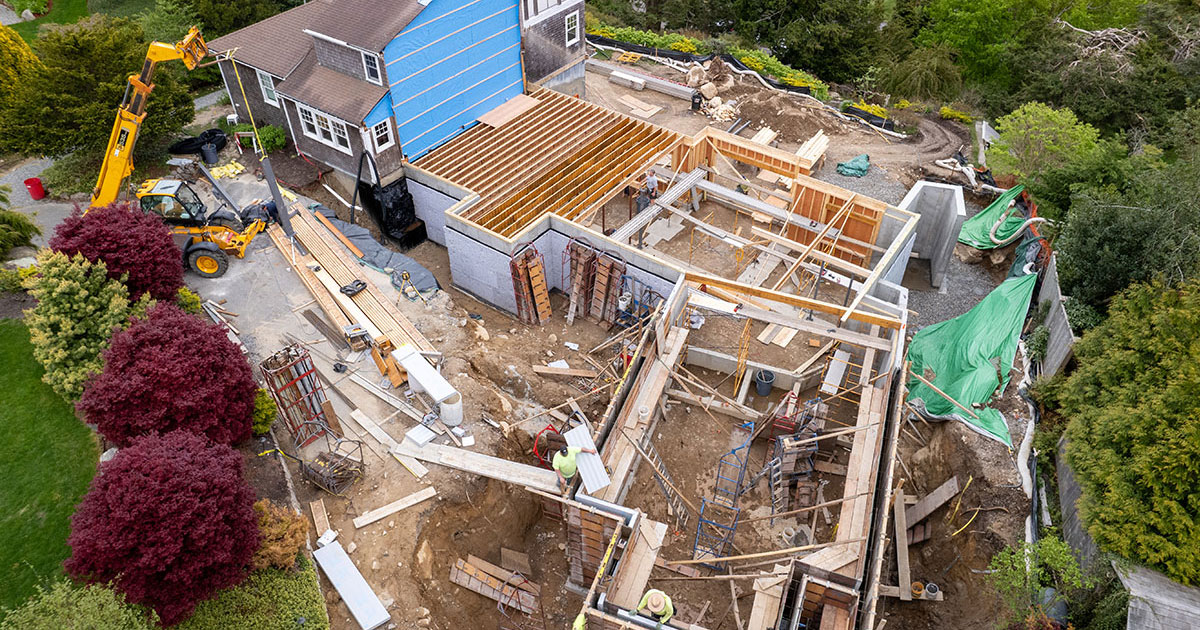
Building a New Future: The Baby Boomer Exodus and Its Impact on Construction
The construction industry stands at a significant crossroads. With the retirement wave of the Baby Boomer generation, construction companies are facing a labor shortage that could reshape the industry’s future. In this blog post, we will explore how the aging workforce is affecting the construction labor force, the challenges it introduces, and strategies to bridge the gap. We’ll also highlight successful case studies that offer valuable lessons for construction business owners, managers, HR professionals, and consultants.
The Demographic Shift: What’s Happening with the Baby Boomers?
The Baby Boomer generation, those born between 1946 and 1964, is one of the largest generational cohorts in history. Currently, they make up a substantial portion of the construction workforce. However, as they reach retirement age, the industry is witnessing a significant exodus that could lead to a labor crisis.
Experts estimate that approximately 10,000 Baby Boomers retire each day across all sectors, including construction. By 2030, all Baby Boomers will be of retirement age, creating a potential shortfall of skilled labor in the industry. This demographic trend presents a pressing challenge for construction companies already grappling with workforce shortages.
The impending wave of retirements is expected to exacerbate existing labor shortages and create new challenges for the construction sector. The impact is already being felt, with many companies struggling to find qualified workers to fill the roles left vacant by retiring Boomers. This shortage threatens to delay projects, increase costs, and compromise quality, ultimately impacting the industry’s growth and profitability.
Statistics indicate that the construction industry could face a loss of over 40% of its skilled workforce within the next decade. These numbers highlight the urgency of addressing this issue and finding effective solutions to maintain productivity and competitiveness.
Challenges Looming Over the Construction Industry
As the Baby Boomers exit the workforce, construction companies are faced with several challenges. The most immediate concern is the shortage of skilled labor, which can hinder project timelines and increase operational costs. Companies are scrambling to find workers with the necessary expertise to fill the gap left by retiring employees.
Additionally, the departure of experienced Baby Boomers means the loss of valuable knowledge and institutional wisdom. Many Boomers possess decades of experience and finely honed skills that aren’t easily replaced. Transferring this knowledge to younger generations is critical to maintaining the industry’s standards and efficiency.
By the Numbers:
- 66% of construction companies report project delays as a result of labor shortages
- 83% of managers say that workforce shortages and resulting inexperienced skilled labor impact the safety and health of their firm’s workers
- 45% of construction companies have turned down work because of skilled labor shortages
In response to these challenges, construction companies must implement strategies to bridge the labor gap. This includes attracting new talent, upskilling existing employees, and leveraging technology to enhance productivity. By addressing these challenges proactively, the construction industry can mitigate the impact of the Baby Boomer retirement wave.
Bridging the Gap: Strategies for a Sustainable Future
As the Baby Boomer generation retires in increasing numbers, the construction industry faces a critical challenge: attracting and retaining the next generation of skilled workers. To fill the gap left by retiring employees, construction companies need to adapt their approaches and appeal to younger generations, including Millennials and Generation Z. Here are some key strategies for successfully drawing in and keeping the next wave of construction talent.
Emphasize Career Development and Training Opportunities
One of the primary concerns for younger generations is career growth. Millennials and Generation Z workers seek job opportunities that offer clear paths for advancement and professional development. Construction companies can attract younger workers by emphasizing their commitment to providing ongoing training, certifications, and mentorship programs.
Establishing apprenticeship programs or partnerships with trade schools can also be an effective way to recruit individuals who are eager to learn and develop their skills. By offering formal training and upskilling opportunities, you show that your company values employee growth and long-term career success.
Promote Work-Life Balance and Flexibility
Younger workers prioritize a healthy work-life balance and appreciate flexibility in their jobs. The construction industry, known for its demanding schedules, can adapt to this expectation by offering flexible hours when possible, encouraging time off, and fostering a culture that values personal well-being alongside professional dedication.
Highlighting your company’s commitment to worker health and well-being, as well as offering flexible benefits like paid time off, family leave, or wellness programs, can make your company more attractive to younger candidates. These initiatives can also reduce burnout and increase employee retention.
Adopt Modern Technology and Innovation
Technology plays a significant role in attracting younger generations to the construction industry. Millennials and Generation Z are digital natives who expect the workplace to integrate the latest tools and technologies. Construction companies that adopt innovative tech solutions—such as Building Information Modeling (BIM), drones, 3D printing, and augmented reality (AR)—can position themselves as forward-thinking employers.
By showcasing how technology is used to improve efficiency, safety, and project outcomes, you can appeal to tech-savvy candidates who are looking for cutting-edge environments. Promoting your company’s use of modern construction technology also signals to younger workers that you’re invested in the future of the industry.
Highlight Sustainable and Socially Responsible Practices
Sustainability and social responsibility are important values for younger generations. They want to work for companies that are committed to reducing their environmental impact and contributing to the communities they serve. Highlighting your company’s sustainability efforts, such as green building practices, energy-efficient projects, and waste reduction initiatives, can help you attract environmentally-conscious workers.
In addition, promoting your company’s Corporate Social Responsibility (CSR) initiatives—such as charitable work, community outreach, or support for local causes—shows that you’re not only focused on profit but also on making a positive difference in the world. This appeals to workers who want to align their careers with their values.
Leverage Employer Branding and Social Media
The younger workforce often turns to digital platforms when researching potential employers. Having a strong employer brand that showcases your company culture, values, and work environment is essential for attracting Millennials and Generation Z. Use your website, social media channels, and employee testimonials to tell your company’s story and highlight why it’s a great place to work.
Engaging on social media platforms such as LinkedIn, Instagram, and TikTok can help you reach a younger audience. Posting behind-the-scenes content, project showcases, and employee spotlights will give potential recruits a sense of what it’s like to work for your company. Showcasing diversity, inclusion, and a positive work environment through these channels can also help attract a broader and more engaged talent pool.
Foster a Positive and Inclusive Work Culture
Younger generations place great importance on workplace culture and inclusivity. To attract and retain the next generation of construction workers, construction companies should work to create an environment that is inclusive, supportive, and collaborative. Highlighting diversity in hiring, promoting open communication, and ensuring that every employee feels valued are key to building a positive culture.
Additionally, fostering an inclusive work culture can help with retention by reducing turnover and creating a sense of loyalty among employees. Workers who feel respected and appreciated are more likely to stay with a company long-term and contribute to its growth.
A New Era for Construction and Outlook
The retirement of Baby Boomers presents both challenges and opportunities for the construction industry. While the loss of skilled workers poses significant difficulties, it also opens the door to innovation and positive change. By adopting proactive measures, construction companies can overcome the labor shortage and position themselves for long-term success.
In summary, addressing the impact of Baby Boomers retiring involves attracting younger generations, upskilling employees, and integrating technology. By doing so, construction companies can bridge the labor gap and ensure a sustainable future.
For those interested in preparing their organizations for the upcoming changes, consider reaching out to our team for further insights and resources. By taking action today, you can secure your company’s place in the evolving construction landscape.


